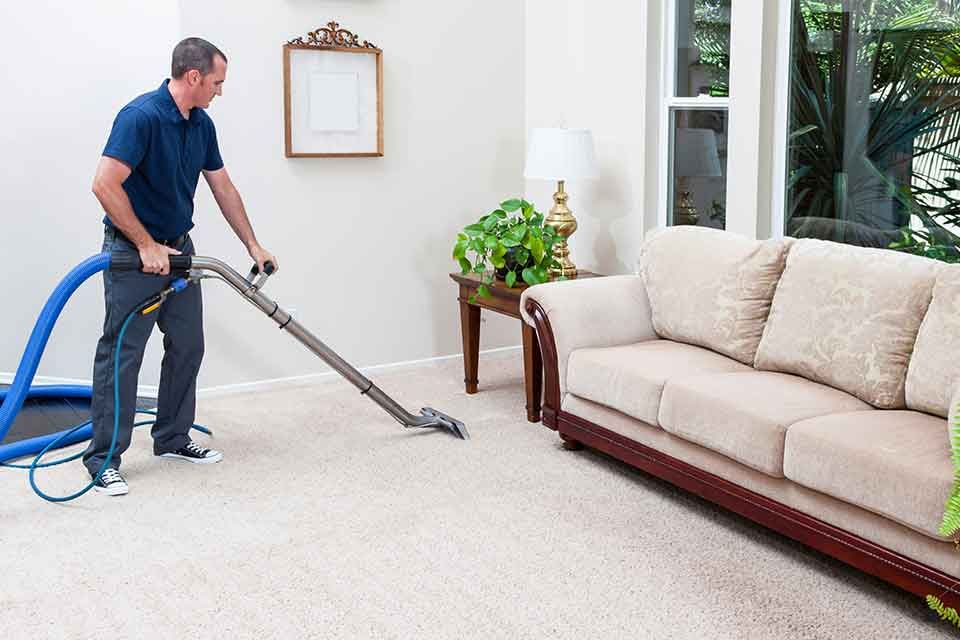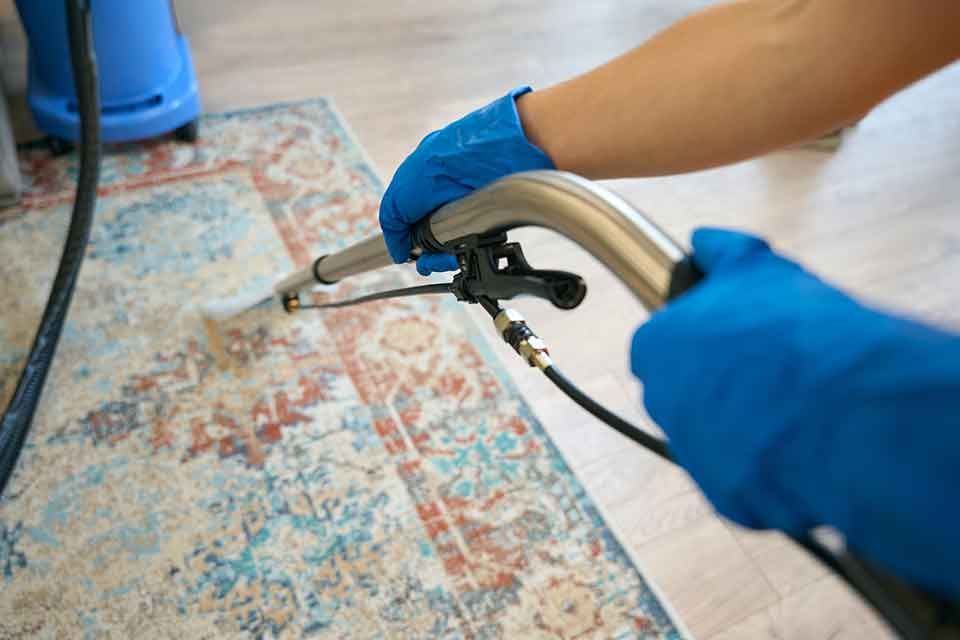What is the most common method of pest control?
Ever found ants marching across your kitchen counter or cockroaches lurking in dark corners? You’re not alone. Pest problems are a universal headache, and finding the right way to control them is crucial for both comfort and health. So, what is the most common method of pest control? Let’s dive right in and explore it.
Understanding Pest Control
What is Pest Control?
Pest control is the process of managing, reducing, or eliminating unwanted creatures—like insects, rodents, and other pests—that interfere with human activity or damage property.
Types of Pests Common in Homes and Businesses
Insects: Ants, cockroaches, bed bugs, fleas
Rodents: Mice and rats
Crawlers: Spiders, silverfish, and termites
Knowing what you’re up against helps you choose the best method to eliminate them effectively.
The Most Common Method: Chemical Pest Control
What is Chemical Pest Control?
Chemical pest control involves the use of pesticides—substances designed to kill or repel pests. It’s the most widely used method globally, whether in households, businesses, or agricultural settings.
How Chemical Pesticides Work
Pesticides work by targeting the nervous system, respiratory function, or other vital systems of pests. They come in various forms—sprays, powders, gels, and baits—to suit different environments and pest types.
Popular Types of Chemical Treatments
Residual sprays: Leave a lasting effect on surfaces.
Fumigants: Gas-based treatments used for severe infestations.
Insect growth regulators (IGRs): Disrupt the reproductive cycle of pests.
Baits and gels: Attract and poison pests like cockroaches and ants.
Benefits of Chemical Pest Control
Quick and Effective Results
Most chemical treatments deliver fast results, often within hours of application.
Wide Range of Targeted Pests
One pesticide can often target multiple types of pests, making it efficient for diverse infestations.
Easily Available Options
Chemical products are readily available in stores or through pest control professionals.
Drawbacks of Chemical Pest Control
Health and Environmental Risks
Exposure to certain pesticides can pose risks to humans, pets, and the environment, especially if not used correctly.
Resistance in Some Pests
Over time, pests can develop resistance, making chemicals less effective.
Need for Professional Handling
Many chemical solutions require trained professionals for safe and effective application.
Other Common Methods of Pest Control
Biological Control
Uses natural predators or parasites to reduce pest populations. For example, ladybugs to control aphids.
Mechanical and Physical Control
Includes traps, barriers, and manual removal methods like vacuuming bed bugs or using fly swatters.
Cultural Pest Management
Focuses on altering the environment to make it less appealing to pests—like sealing cracks or keeping food sealed.
Integrated Pest Management (IPM)
A strategic approach that combines multiple methods for long-term control, prioritizing safety and sustainability.
How to Choose the Right Method
Assessing the Infestation Level
Minor infestations may be manageable with DIY methods, but larger issues often need chemical or professional treatment.
Considering Health and Safety
If you have kids, pets, or health concerns, choose eco-friendly or non-toxic methods.
Long-Term vs Short-Term Solutions
Quick fixes may solve the problem now, but integrated approaches offer longer-lasting results.
DIY Pest Control vs Hiring Professionals
Pros and Cons of DIY
Pros: Cost-effective, immediate access
Cons: Limited effectiveness, potential misuse
When to Call the Experts
Persistent infestations
Structural damage from termites or rodents
Health hazards like bed bugs or cockroaches
Importance of Regular Pest Control
Preventive Measures
Regular inspections and treatments stop infestations before they begin.
Protecting Property and Health
Uncontrolled pests can cause damage to buildings, contaminate food, and spread diseases.
How Adams Carpet Cleaning Can Help
Our Pest Control Approach
At Adams Carpet Cleaning, we’re more than just expert carpet cleaners—we offer safe, effective pest control solutions tailored to your home or business.
Safe and Eco-Friendly Solutions
We prioritize your family’s safety by using low-toxicity products and modern techniques to keep pests away without harming your environment.
Conclusion
Chemical pest control remains the most common method used across households and businesses due to its speed and effectiveness. However, it’s essential to use it wisely and consider alternatives like biological and integrated approaches for safer, long-term results. Whether you’re dealing with a small nuisance or a full-blown infestation, knowing your options helps you take control. And remember, when in doubt—call the experts at Adams Carpet Cleaning for reliable pest control services.










